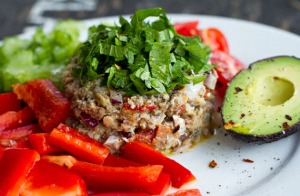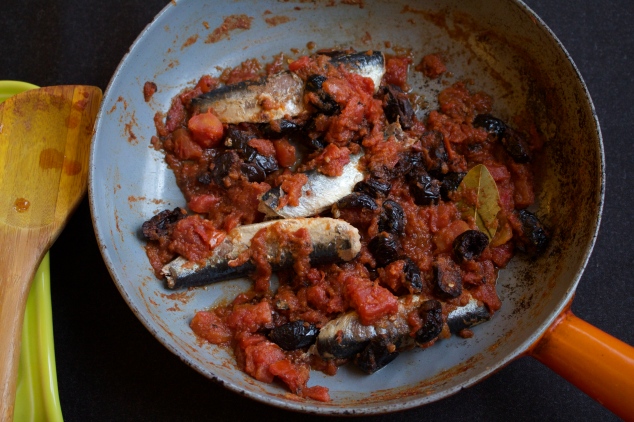I eat fish four to five times per week. Most of it falls into the category of fatty fish, such as salmon, sardines, mackerel and trout. These carry some of the highest levels of bio-available omega 3 fatty acids, DHA and EPA.
I’ve written about the importance of these fats for brain health, fighting inflammation, a strong heart and healthy skin. But what if you can’t stomach fish?
Fish oil supplements should do the trick, right? Not likely.
Most are made with chemical fillers and the oil inside those capsules is rancid. Fish oil is super sensitive to heat, light and air, causing rancidity to occur very quickly during extraction of the oil from the fish. By taking a fish oil pill, you’re likely doing more harm than good.
The Rosita family in Norway is changing all that. After years of practice and research, they have developed a delicate way to extract fish oil that protects it from rancidity. The result is Extra Virgin Cod Liver Oil (EVCLO).
I recently interviewed Archie Welch of Organic3, a US distributor of EVCLO, to learn more about their process.
BB: Where is the cod sourced and how is this done sustainably?
AW: Extra Virgin Cod Liver Oil and Rosita, the family that makes it is based in Northern Norway where most of the cod fishing for the Atlantic ocean is done. Norway has strict quotas on how much cod can be caught. They also have agreements with Russia on protecting certain fishing grounds. In the last few years they’ve reached cod populations that match what they had back during WWII. It’s a big upswing in the cod populations… and if they keep their quotas in line they see no reason why those shouldn’t keep climbing.
Norway still has some very clean waters, obviously oceans are not pristine like they used to be…but as far as the catch of the cod, they are pretty clean. We do put them through natural processes that take out any heavy metals or pesticides. But for the most part, very little has to be done.
BB: Can you describe how the production process protects the delicate oil and nutritional value?
AW: A lot of the oils you buy on the market are highly, highly processed. They go through a lot of high heat, solvents and chemicals and they pretty much damage all the nutrients but it makes it self stable. Which is why when you go into a health food store you’ll find it on the shelf and not in the refrigerator.
What Rosita does, because this is a whole food, is protect the oil and keep out all the rancid factors, which is very difficult. Cod liver oil is very high in omega 3 fatty acids, the DHA and EPA, and those oxidize extremely quickly. They’re polyunsaturated fats, very sensitive. If you don’t protect those right from the very start, they’re going to go rancid.
How they do that? They control the process from the fishing right to the end product in the bottle. The Vikings way back when, observed a phenomenon, that when you catch a deep water cod or any fish that you’re going to extract the liver and bring it up to the surface and get the liver harvested almost immediately; with the difference in pressure from the deep ocean and the difference in temperature, all you have to do is bring the liver out of the fish and the oil exudes on it’s own. And that is just because of the difference in pressure. So that’s what Rosita does.
(Rosita) lets mother nature exude the oil without any heat, no chemicals, no solvents, no pressure, and from there they filter it, similar to coffee filters just to get any particular matter out. Before (extraction) they inspect all the livers to make sure they’re only using the healthiest livers.
Rosita only uses the Atlantic Cod, or Gladius Marine. Historically it is documented to be the most healing.
BB: Are there any additives or supplements in the oil?
AW: To keep it fresh they do add one drop of a combination of rosemary herb and full spectrum vitamin E that helps to protect it from oxidizing. We keep the bottles small so they’re consumed long before the oil goes rancid.
(Rosita) never uses any metal, they never let the livers or oil touch metal. They use ceramic knives for harvesting the livers. They keep the temperature and the lighting down in the bottle facility. They nitrogen flush the bottles and cap it without any oxygen. That allows us to ship without any cold packs, but once it’s received the consumer needs to refrigerate it and especially after it’s been open it needs to be refrigerated. All these factors go into keeping the rancidity issues at bay.
BB: Why is it labeled Extra Virgin?
AW: Anytime you have anything to do with cod liver oil in Norway it has to go through the Norwegian government. We had to send all the oils to NOFIMA and government backed institutes and labs for testing all the fish oils. They were all highly impressed with what Rosita was doing since they weren’t using any heat. It was a throw back to the way they used to harvest livers and create cod liver oils. They were so impressed that they allowed them to use the moniker, Extra Virgin. It’s the only Extra Virgin Cod Liver Oil in the world.
BB: What is the self life and what do you recommend for proper storage?
AW: If unopened, you can store it up to a year in the refrigerator. For longterm storage, you can put it in the freezer and it will extend it another 6 months to a year. It can go 2 years in the freezer. Once open you have about 3-4 months before it will start turning.
No flavors are added to EVCLO, we want people to taste the freshness and know when it’s starting to turn. If we add flavors it may mask the rancidity and we want people to know exactly what they’re getting.
BB: What are the benefits of EVCLO?
AW: A high dose of vitamin A, one of the highest doses of natural vitamin D3 of any food in the world (not synthetic) and a healthy dose of EPA and DHA.
It’s because of companies like Rosita that we have access to high-quality, nutrient dense foods.
Norway has one of the world’s lowest levels of depression and they credit it to the heavy doses of omega 3s in their diet. Contrast that to America where we have high levels of depression and consume a very small amount of fish.
Rosita is a company that I trust and I believe their fishing methods are responsible and sustainable.
I love EVCLO for it’s healthy source of omega 3, vitamins D and A that comes from a whole food source. It’s a great alternative for those fish-haters out there. The taste is pure and light and yes it does taste fishy. But wouldn’t you want something coming form fish to taste fishy? That’s how you know it’s the real deal. The other alternative is to eat the whole fish so you make the choice.
How do you get your omega 3s? Do you eat seafood or take a supplement?
Click here to get FREE SHIPPING on Extra Virgin Cod Liver Oil through May 27th!
You can listen to the entire interview on Episode #11 of Wellness Beets Podcast.
*This post contains affiliate links. These help me keep the blog and podcast running so I can keep providing all the insights and info to y’all! Thanks for your support!
Resources:
Fish Oil Claims Not Supported by Research, http://well.blogs.nytimes.com/2015/03/30/fish-oil-claims-not-supported-by-research/?_r=0
NOFIMA, http://nofima.no/en/


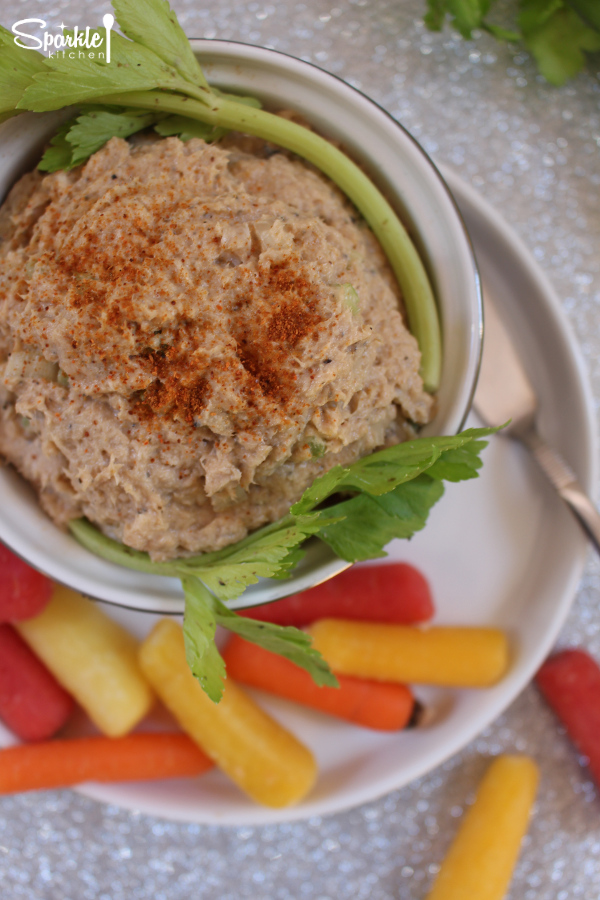
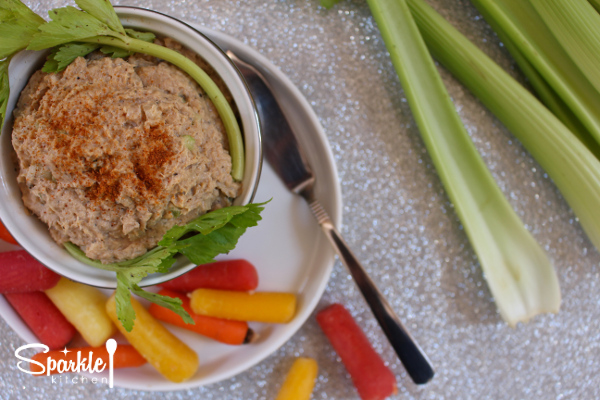
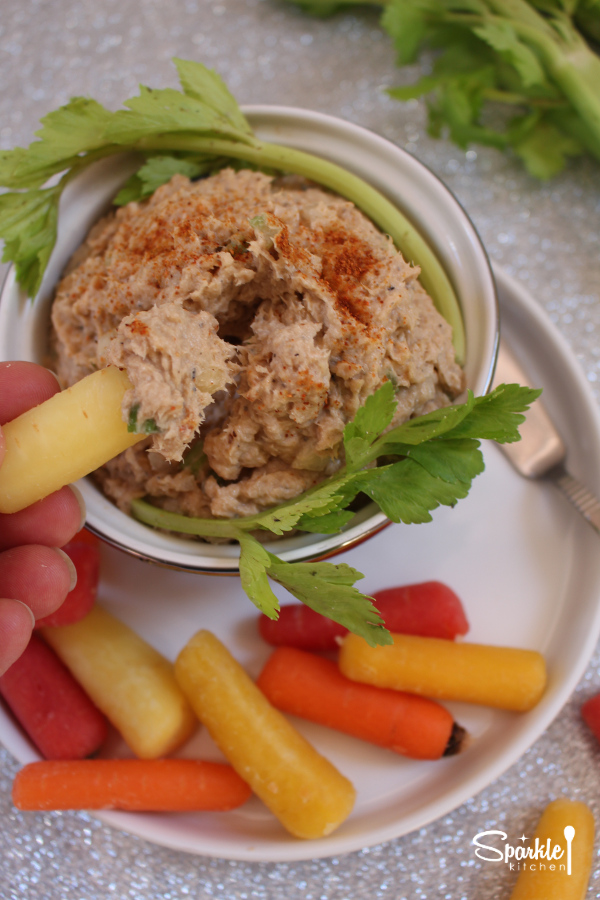
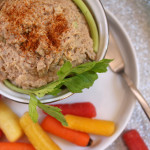
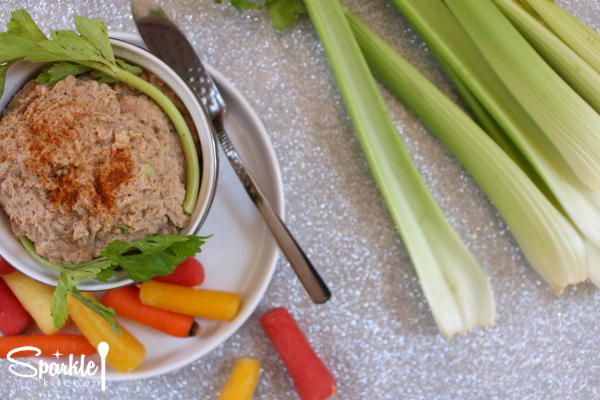
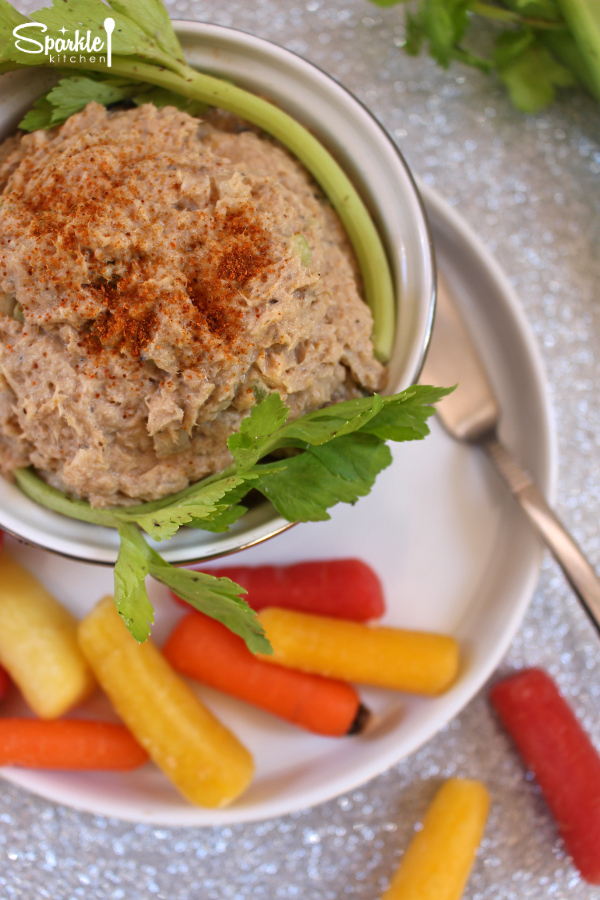
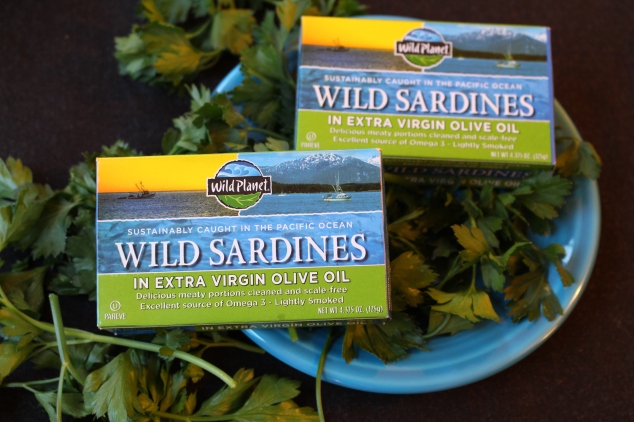
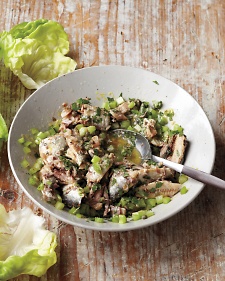
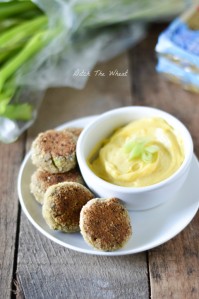
![IMG_5172[1]](https://eatabeja.files.wordpress.com/2014/12/img_51721.jpg?w=200)
